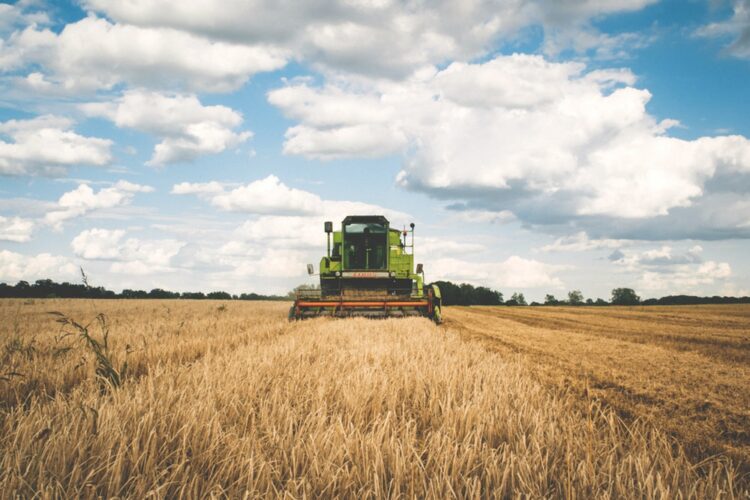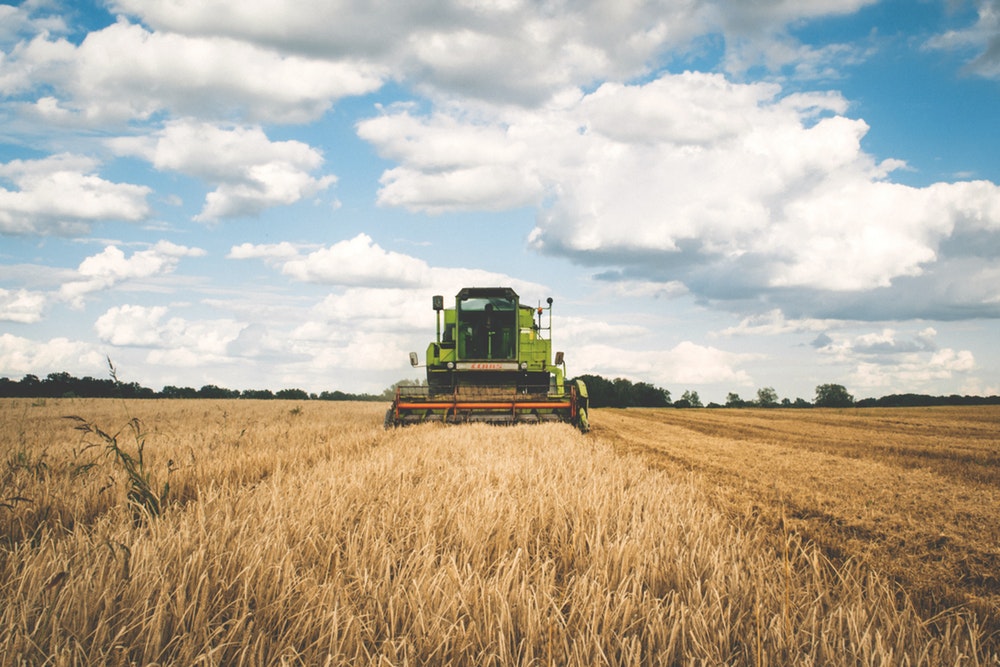Our funds adjust their investment theses as we analyze changes in the world around us. One of the emerging areas where we see promise is Vertical SaaS. We feel that, among companies, software hasn’t actually eaten the world, it has simply grabbed the most obvious dishes from the biggest tables. Huge opportunities remain largely untouched in specific areas of business.
These areas are denoted by the traditional physicality of their work and products, and by the need for deep understanding of unique and often confounding-to-outsiders standard operations and practices.
Those barriers have held off the incursion of modern software – until now. Today, the need for all businesses to be able to take advantage of the cloud, AI, rich analytics, mobile-based apps and a host of other factors have massively increased the pressure in these under-developed areas to get modern, quick.
Two business segments, in particular, illustrate the scale of the opportunities we can find in vertical SaaS.
Construction. Construction technology is, without a doubt, one of the most promising areas of investment in software technology today. It is a $10 trillion-dollar industry that is currently burdened with low margins, constant competition, multiple stakeholders unworthy of each other’s trust, low R&D spending, and startlingly slow technological progress and development. For all its size, construction remains one of the least-digitized industries in the world.
A recent report by McKinsey states that $1.6 trillion dollars of productivity improvement awaits unlocking in seven areas: regulations, contractual frameworks, design and engineering, procurement and supply chain management, on-site execution, digital technology, and workforce training.
Unicorns in this space such as Plangrid (raised $69.1M), Procore (raised $229M) and Katerra (raised $1.1B) have proven out the investment potential in construction. Additionally, emerging market forces are likely to spur further and faster development in this space.
For instance, the recent tax bill has a one-time tax repatriation expected to result in $2.7 trillion of corporate repatriation (around $400 billion has already been repatriated as of this writing) alongside massive cuts to corporate tax rates (from 35% to 20%). This, in addition to new tariffs impeding foreign investment, is expected to spur domestic investment in the US economy, particularly a boom in construction, and therefore construction technology.
Due to extremely low margins and high costs, the construction industry also cries out for productivity improvement. The two highest ticket items in construction are labor and materials cost, and any software innovations that can reduce these will be in demand. Labor costs are currently rising due to low unemployment, so this is a particularly hot pain point at the moment. Vertical software solutions are uniquely relevant to this problem, with focus on streamlining and optimizing work processes and flows, and additionally, reducing the cost burdens of regulatory requirements. Regarding materials costs, it is likely that construction supply chain management and optimization software can be highly useful and pertinent to the industry. Another area of interest is the use of software applications in 3D printing to construct prefabricated materials – this too, has become a hot trend.
Agriculture. Agriculture represents 10% of the US GDP. Still, it has been a notoriously fickle and stubborn backwater for technology. Now, the old school days of farmers not knowing what’s happening with their fields and their crops is about to be blown away. Yield estimation tools based on computer vision and neural networks) for high-value crops are a beachhead here. High-yield crops, like wine grapes, represent less than 10% of acreage but 50% of all ag revenues. Farmers of these crops can make 25%+ additional revenue and reduce costs by 10% via software that delivers 90%+ forecasting accuracy. Agridata, one of our recent portfolio companies, shows promise in achieving precisely that, taking advantage of sensors already present on currently used farm machinery. The datasets created by the new generation of software tools not only yield dramatically improved revenue streams for growers, but they also expand ag lending and insurance.
We have seen two recent 300M+ exits for low-yield crop robotics and horizontal farming software, and believe more big exits are on the way. Agridata could be poised to be the next breakout in the software space once.
In areas like construction and ag we’re seeing new software transform hidebound, but huge, businesses. Tech is moving beyond the neat clean cubicles out to where workers get their hands dirty and money, literally, grows on trees.




